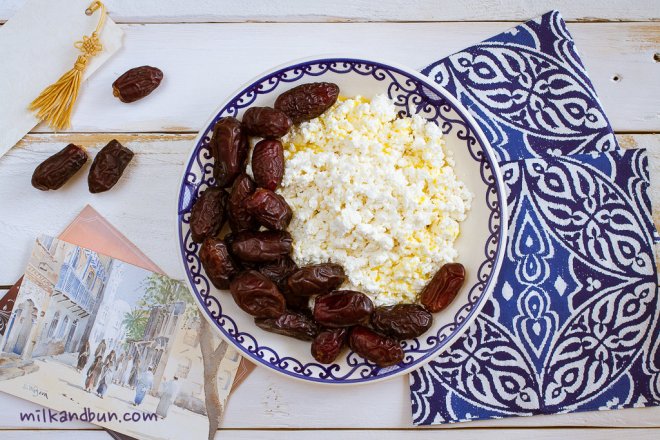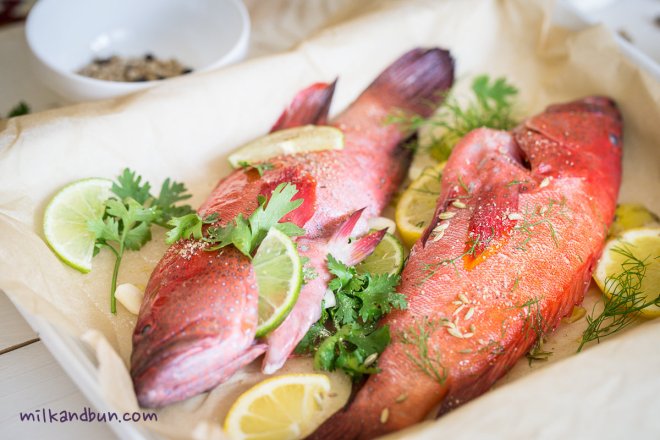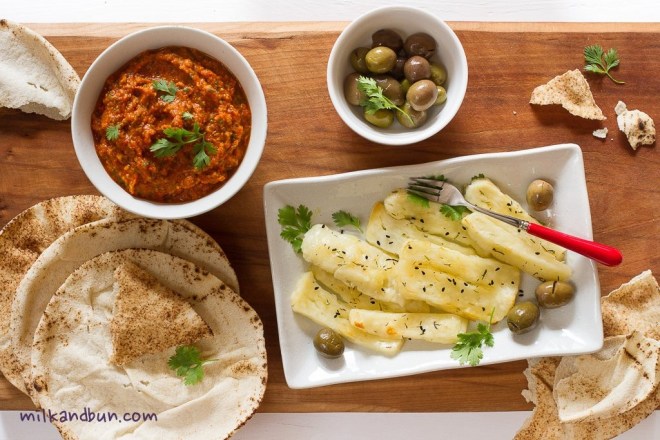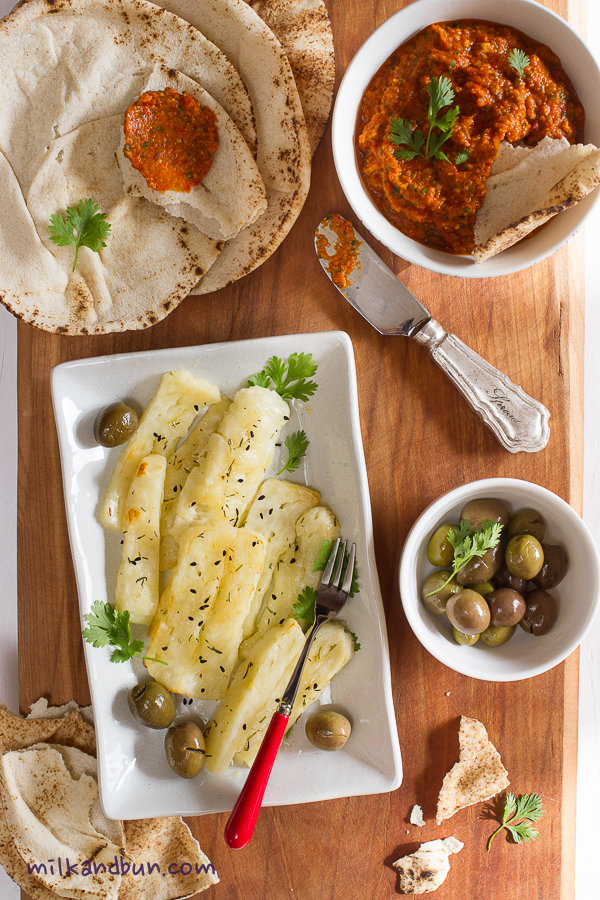
Chami




Enjoy!

Good morning to you my dear reader! I have an intriguing question for you this lovely Sunday morning – what time are you awake on weekends? Is it 6am or 11am? Today I had a special fitness morning. Firstly, I wake up early today: at 8am (yes, it is early for me), went to a nice and energetic pilates class, which is really made my day. Afterwards, I was so hungry and in need of something extremely tasty and healthy!

Hey everyone! I came back from the holidays recently and slowly getting into blogging again. In my previous posts I shared with you some recipes using white and red currants, and you may think that I have had only berries during the summer time in Russia.. Yes I did! This summer has been bountiful: lots of amazing produce, including various berries – gooseberries, strawberries and currants, as well as vegetables like cucumbers, zucchini, eggplants.
I’m so glad that I was able to enjoy amazing veggies and greens form my parents’ garden. We cooked many dishes using these vegetables, including zucchini oladushki (fritters), sauteed veggies, salads, and so on. Finally we get tired of cooking eggplants and zucchini the same way. Moreover, I missed Dubai with its seductive aromas and herbs, rich and spice flavours in the air.. Fortunately, I brought my favourite spice – zaatar, and the decision was found: to make eggplant wedges with a Middle Eastern note! It was an easy and quick way to prepare eggplants. I drizzled it with aromatic olive oil, sweet molasses and of course zaatar, then served with a slice of country-style bread, yogurt and sliced fresh tomatoes!
Ingredients
Enjoy!
Sharing with all bloggers at Fiesta Friday party!



Ingredients